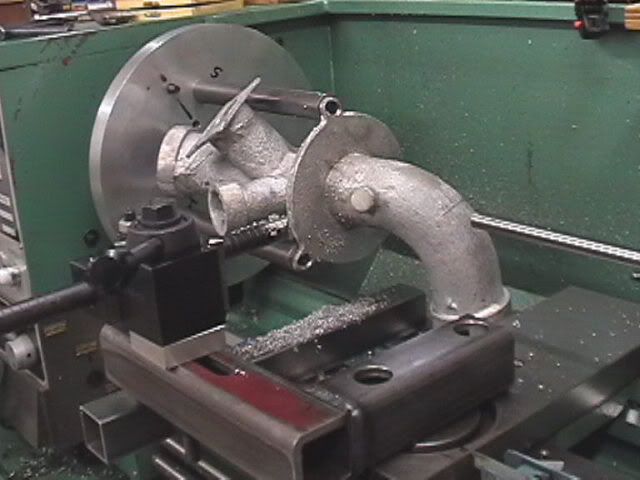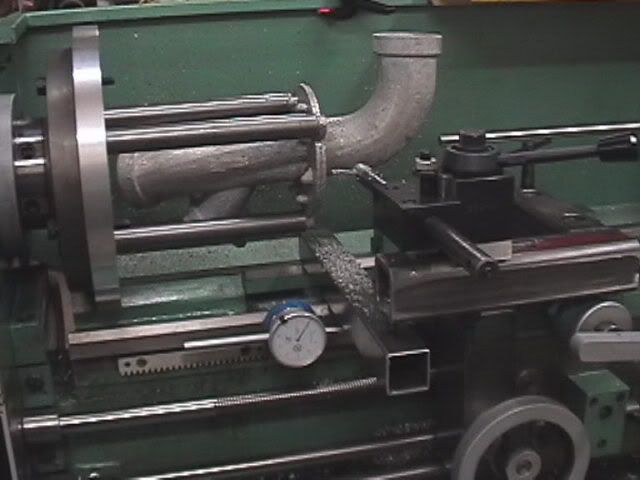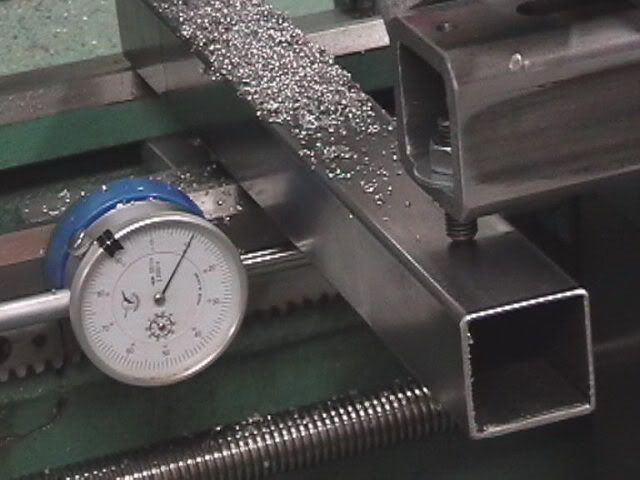Much depends upon how much force and heat you will be applying to the part once it is fixtured.
I have set up very odd-shaped cast iron parts in a 14" abrasive cutoff saw, which exerts fairly low forces on the casting. I put the castings in a rectangular plastic pan, oriented so that it could be sawed on the desired plane, and poured plaster of Paris around it. I popped it out of the plastic after the plaster set, and clamped the plaster block in the saw. Then I sawed the casting in half. The plaster did not mind the fact that the iron got red hot around the cut. The plaster was then removed in the blast cabinet.
For higher forces, like milling or turning, you can do similar fixturing using bismuth alloy with a melting point of 158 deg. F. The alloy is pretty hard and strong, but you have to be sure you don't heat the part much while machining it.
Another trick is to use Superglue to hold flat parts to a faceplate or adapter which is chucked or bolted in the usual way. Use tissue paper between the parts. Acetone will dissolve the glue when you are done with the machining operation. The paper helps the acetone to penetrate the glue layer. I have had good luck with this method when sawing several identical sheet metal parts at one time. Stack several flat sheetmetal blanks with tissue paper and Superglue between each layer. Quickly clamp the stack until the glue sets. Then you can use a drillpress, bandsaw, fretsaw or filing machine to finish several parts at once.
Another trick is to clamp a tapered part between two 1-2-3 blocks, using screws in the holes in the blocks. By shimming both sides of the thin end of the part, and using sheet copper as a deformable pad at both ends, you can create reference surfaces that let you clamp the part in a mill vise in several positions while keeping the part centerline square to the machine.
Sometimes you can just use the little Starrett screw jacks to support an odd part in a couple of places wile it is clamped to a mill table.
Larry





